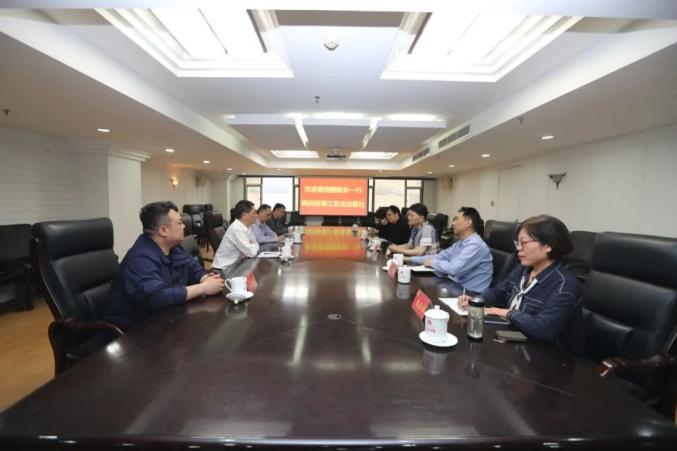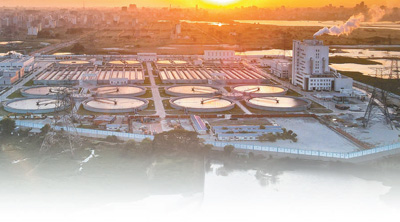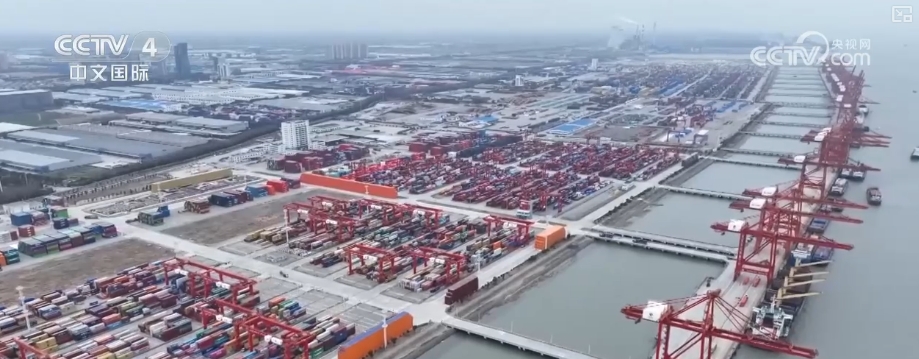Cambodia's Qixinghai Port's Throughput Capacity Enhances Driving Regional Economic Growth
Cambodia's Qixinghai Port's Throughput Capacity Enhances Driving Regional Economic Growth
In recent years, the construction and development of Cambodia's Seven Star Sea Port has made significant progress, becoming an important engine to promote regional economic growth. This inspection not only demonstrated the strategic value of the project, but also marked a new level of cooperation between China and Cambodia in the fields of port economy and infrastructure.
In recent years, the construction and development of Cambodia's Seven Star Sea Port has made significant progress, becoming an important engine to promote regional economic growth. On March 22, 2025, His Excellency Kun Ren, Director of the Cambodian Customs Administration, led a delegation of more than 30 people to conduct in-depth inspections of the Qixinghai International Airport and International Port Project. This inspection not only demonstrated the strategic value of the project, but also marked a new level of cooperation between China and Cambodia in the fields of port economy and infrastructure.
Qixinghai International Airport has been highly recognized by the General Administration of Customs. They promise to deploy professional teams and smart devices in advance, fully support international route customs clearance work, and accelerate the process of regional connectivity. This measure will greatly improve the operational efficiency of the airport and provide convenience for the arrival of more international flights in the future.
At the same time, the delegation also conducted an inspection of the warehousing and infrastructure of the Qixinghai Port. With the opening of National Highway 10, Qixing Harbour is expected to usher in more agricultural export sources, which will effectively promote regional economic prosperity. The improvement of the port's logistics capacity will not only help improve the efficiency of cargo transportation, but also reduce logistics costs and create more business opportunities for local enterprises.
It is worth mentioning that under the "Belt and Road" initiative, the Qixinghai Project is regarded as an important node in China-Cambodia cooperation. On March 15, 2025, the "cold chain general cargo" route from China Fangcheng Port to Cambodia's Qixinghai International Port officially sailed for the first time. This new route has opened up a new channel for economic and trade cooperation between the two countries. The navigation time is about 7 days. Compared with the traditional transit model, transportation time is saved by more than 50% and costs are reduced by more than 20%. This not only improves regional logistics efficiency, but also attracts more investors to pay attention to this region.
Qixinghai International Port is located on the southwest coast of Cambodia. It has a water depth of 12.5 meters and can be docked on 10,000 tons of ships. The port area planning covers special economic zones, cold chain warehousing and display areas, etc., and will radiate to surrounding markets such as Thailand and Vietnam. As an important transportation hub, the Qixinghai project also includes infrastructure such as large terminals, international integrated airports and high-grade highways, which have laid a solid foundation for it to become an important aviation transportation hub and maritime distribution center for the trade markets of South Asia, Southeast Asia and ASEAN.
In addition, the Qixinghai project promotes urban development with the concept of "smart" and achieves comprehensive upgrades in the fields of energy, transportation, security, medical care, culture, tourism, etc. by building an intelligent and modern ecosystem. The project is also planned to be a global coastal resort destination, integrating architectural styles, cultural landscapes, and food and entertainment from different countries to provide tourists with a diverse experience.
In terms of green and environmental protection, the Qixinghai project focuses on ecological protection and environmental quality improvement, and achieves sustainable development through the use of renewable energy and ecological restoration. At the same time, the region has rich natural resources, such as the world's second largest mangrove reserve and milk powder beach, which provide conditions for it to become a natural oxygen bar in Southeast Asia.
To sum up, the development of Cambodia's Seven Star Sea Port not only improves its throughput capacity, but also drives regional economic growth through a series of strategic measures. Under the Belt and Road Initiative, China and Cambodia will deepen cooperation in a wider range of areas and jointly promote the prosperity of this region.





